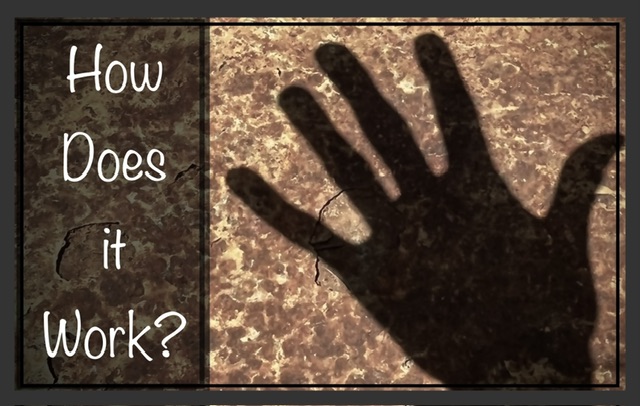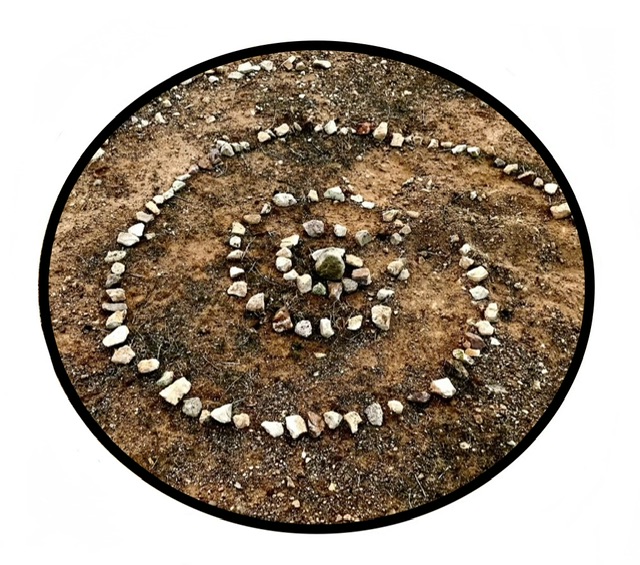New to Somatics?
Schedule your Free Consultation
stonetree@massagetherapy.com
.jpeg)
Somatic Massage Therapy is slow and supportive, regulating the nervous system to relieve symptoms of anxiety, depression, and pain.
Somatic Massage incorporates gentle movement & awareness building techniques, helping the body to heal itself and process trauma.
~•~
Who is it For?
Everybody can benefit from Somatic Massage! It is particularly healing for those living with PTSD, depression, anxiety, and chronic pain. If you are grieving, have experienced a traumatic event, or just want to gain a better relationship with your body, Somatic Massage is for you.
~•~

~•~
A Somatic Massage session is a grounding mix of massage, awareness-building techniques, meditation, and gentle movement. We will take cues from your body, and flow accordingly. Somatic massage is slow and deliberate, easing anxiety & pain.
•••
You are encouraged to vocalize any needs, discomfort, and preferences.
•••
This type of massage works well as a fully clothed treatment, offering you safety and comfort.
~•~
.jpeg)
Somatic Massage Therapy can help ease anxiety and process trauma by supporting your nervous system & fostering a feeling of safety. As your cortisol (stress chemical) levels drop, your brain can better communicate with your body, leading to improvement in posture and movement. Bonus: Somatic Massage has been shown to improve memory and learning ability as well!
You may also start to notice yourself sleeping better, eating healthier, and gaining motivation and inspiration
~•~
PTSD and Somatic Massage
Somatic Massage has been found to help to reduce the symptoms of PTSD, such as flashbacks, nightmares, dissociation, panic attacks, memory problems, and anxiety. By using gentle, slow strokes and encouraging a sense of body awareness and control, Somatic Massage can help those with a history of trauma relax and feel safe. This type of massage can be an important part of a comprehensive treatment plan for PTSD.
~•~

Considering booking a session for a Somatic Massage?
Most importantly, know that I respect your boundaries. We will work within your comfort level throughout the entire session. You are encouraged to express yourself and your needs freely.
•
Before your session, I will give you a few minutes to relax and clear your mind. Take some deep breaths, and focus on being present for your massage.
•
During the session, please be as expressive as you need to be. If something is uncomfortable or you have questions, please don't hesitate to speak up.
You may find that you have the urge to laugh, cry, yawn, or stretch. I encourage you to allow these actions, as they are all parts of the body's natural process.
•
After the session, take a few minutes to reflect on what you experienced. I welcome the opportunity to work on a treatment plan, growing along with you.
*Multiple or regular sessions are highly recommended, as we are training your mind and body to communicate more effectively. Just like learning a language, the more you practice, the more efficient the conversation.
~•~

Our nervous system is designed to activate us in times of danger, and relax us in times of safety.
However, sometimes trauma can overwhelm the nervous system, halting our natural processes and keeping us disregulated for months or even years. Somatic Massage is designed to help the body complete this process and strengthen neural connections.
•••
.jpeg)
The nervous system is responsible for sending signals to the brain, which then tells the body what to do. However, the nervous system can become overloaded and cause the body to behave as if it were in danger.
The sympathetic nervous system is what triggers your "fight-or-flight" response. It is activated in times of stress, increasing blood pressure, heart rate, and respiration.
The parasympathetic nervous system helps you enter the process called "rest and digest.” It is activated in times of safety, and it decreases heart rate, blood pressure, and respiration.
Both systems are important for maintaining homeostasis in the body. However, when our sympathetic nervous system is overactive, Somatic Massage is used to elevate the parasympathetic, keeping your entire nervous system in balance.
.jpeg)
One of the principles behind Somatic Massage Therapy, is that intentional movement of your body is the key to successful communication with the brain. When neural connections are established through purposeful movement, the body is better able to self regulate.
It is important to keep in mind that Somatic movement is not exercise. Somatic movement is about experiencing and sensing motion and changes within your body (known as proprioception & interoception). These low-impact movements are done slowly and deliberately, with an emphasis on internal focus.

Medical science has come a long way in recent years, and we've learned something astounding: Our DNA is activated or deactivated by chemical epigenetics. And epigenetics are controlled by the environment. What this means, is physical stimuli such as movement, touch, and sensation, actually causes changes to our DNA. This information is exciting to the field of bodywork, because it means that we can work with the body to encourage the growth of neurons and help combat disease on a cellular level. We can increase brain activity and motor function, and build up the nervous system, simply through body awareness practice.
"He who has a healthy body, has a resourceful mind"- pre-Socratic Roman philosopher Thales
.jpeg)
Self-regulation is a natural process by which the body regulates its own internal environment. It is a complex system that involves many different bodily systems, including the nervous system, endocrine system, and immune system.
In Somatic Massage, bilateral techniques and movements are used to help you sense and understand the signals your body is sending your brain. Over time, the goal is that you can learn to control your own stress response and pain levels. This is an innate ability in nature, but in humans, it tends to be overwritten by our unique and powerful “rational brain” (prefrontal cortex). However, we can gain this ability back.
.jpeg)
Most people have heard of "muscle memory". When we repeat a movement over and over, the neurons involved in controlling that movement develop stronger connections. As a result, our movement patterns become more automatic. Think of learning to ride a bike. We get better the more we practice, until the task is nearly invisible to us.
Sensory-motor amnesia describes the less desirable effects of developing muscle memory. Over time, trauma responses and painful movements can become so deeply learned that we find ourselves in a state where we have lost voluntary control of a movement or posture. Sometimes, it can even result in complete loss of motion in a limb, or lack of sensation. With intentional movement techniques, Somatic Massage can help us identify where sensory-motor amnesia may be present in the body. Once we are aware of this, we can strengthen these neural pathways so you can re-gain control of your movement.
.jpeg)
Life is first experienced through the body. When we ground ourselves, we become aware of our lived experience in a fuller way. This allows us to sense the information our bodies are giving us; information we need to heal both chronic pain and trauma.
I will use techniques such as compression and myofascial release to help you ground, creating a sense of safety and security. Somatic Massage also releases endorphins and dopamine, making it easier to feel present and process emotions.
This type of therapy is relaxing and deeply supportive.
.jpeg)
If you’ve experienced trauma then you might find that you feel disconnected from your body. This is called trauma-related dissociation.
Dissociation is a process of disconnecting from one's surroundings, one’s body, and becoming detached from reality. This can feel like an out-of-body experience, or as if one’s body is not their own. It often manifests as physical pain or numbness.
Dissociation is a natural coping mechanism that helps us survive difficult or overwhelming situations. Once the situation has passed, however, it’s important to be able to come back to homeostasis (self regulation). Otherwise, it can lead to difficulties functioning in everyday life. With repeated dissociation over time, we can even develop disorders such as chronic pain, PTSD and depression.
Somatic massage helps us communicate with the physical body in a way that makes us feel safe and secure. Learning to trust our body can help us come out of dissociation, and restore homeostasis once again.
Call, Text, or Email to Book
stonetree@massagetherapy.com
~•~
I look forward to working with you


